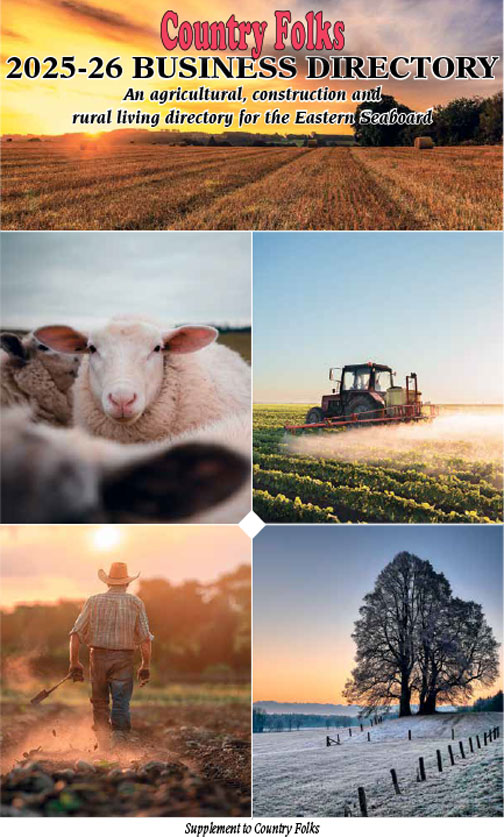Easily recognized by their sweet fragrance and cone-shaped clusters of tiny flowers, the common lilac has been a part of America’s gardens for much of our country’s history. Lilacs arrived with colonists in the early 1700s, bringing with them memories of homes and lives left behind.
Native to Asia and southeast Europe, lilacs are cold-tolerant, and most varieties actually require a period of cold to produce flowers. They’re hardy in USDA Hardiness Zones 3 to 8. You can find your USDA Hardiness Zone at https://planthardiness.ars.usda.gov.
Today there are thousands of varieties of lilacs available. Flowers come in shades of purple, reddish-purple, blue, pink, white and even yellow. They appear for about two weeks each spring.
That time can be extended by planting different varieties that bloom earlier and later in the season. There are even some varieties of reblooming lilacs that produce flowers in spring, then in late summer or autumn bloom again.
The common lilac with its heart-shaped leaves is a shrub that can grow 12 to 15 feet tall and nearly that wide. Dwarf varieties are smaller at four to six feet high.
Lilacs are a low-maintenance addition to the garden and can live over 100 years. Plant in full sun (six hours of sun daily) in soil that drains well. While they’ll grow in clay soil, standing water can cause root rot.
Poor or heavy soil can be amended with compost, but a soil test can provide specific recommendations. To learn more about soil testing, see https://go.uvm.edu/soiltest.
Lilacs often send out suckers from their root system. Prune or pull these unwanted shoots at any time. Alternatively, dig them up and transplant elsewhere to start a new lilac. It may take up to four to five years for the young plant to mature and flower.
When planting lilacs, water well at the time of planting and as needed during the first growing season to prevent the roots from drying out. There’s no need to fertilize when planting. If desired, fertilize in early spring with a granular fertilizer according to package directions.
There are many reasons that a lilac might fail to flower. It can take several years for a young plant to produce flowers as it establishes itself. Too little sunlight could cause a lack of flowers. Over-fertilizing can result in more foliage instead of flowers.
Occasionally, after a period of stress (drought, extreme heat, heavy pruning, defoliation), a lilac will produce flowers in autumn. There’s no permanent damage to the plant, but as a result, the following spring there will be fewer flowers.
Deadheading faded flowers isn’t necessary, but if desired, you can remove them immediately after flowering has finished. Do any needed pruning at that time. Doing so too late in the season can result in fewer flowers the following year. Lilacs bloom on old wood. They begin setting buds for next season’s flowers soon after flowering in spring.
If you have children or small pets, there’s no need to be concerned about having lilacs in your garden. The flowers are edible. Just be sure they haven’t been treated with pesticides or other chemicals before taking a taste.
Now that spring has arrived, step outside. Take a deep breath. If the lilacs are blooming, why not pick a bouquet to bring the fragrance inside? Maybe try a lilac recipe or two.
They won’t be here long, so enjoy them while you can.
If you have home gardening questions, the University of Vermont Extension Master Gardener Helpline is available to help at https://go.uvm.edu/gardeninghelp.
by Deborah J. Benoit, UVM Extension Master Gardener
Featured photo: Lilacs are a low-maintenance, sun-loving shrub that can grow 12 to 15 feet tall and nearly as wide. Photo by Deborah J. Benoit





